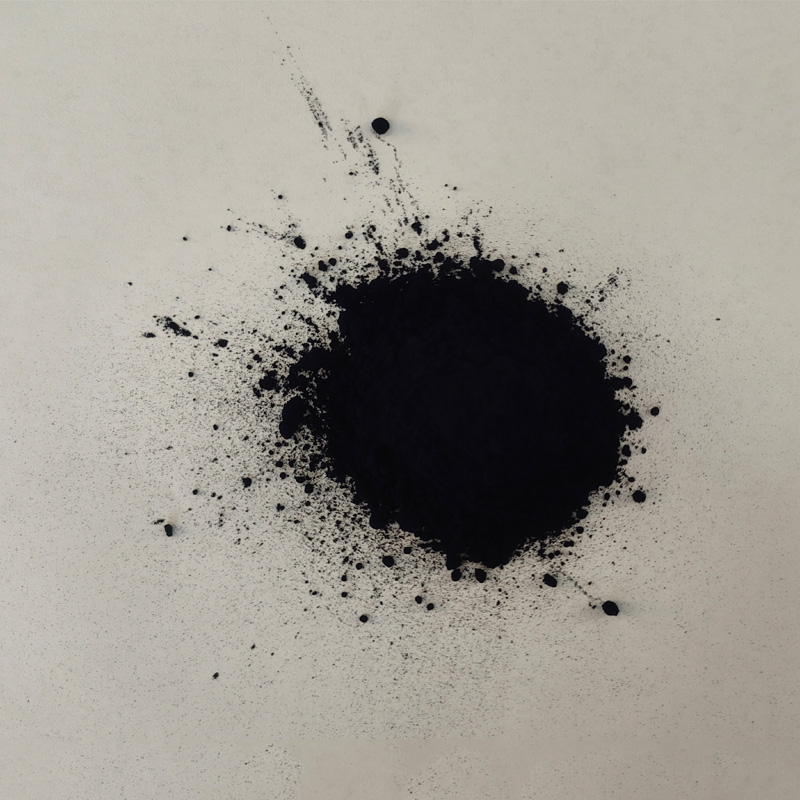natural indigo powder
The Benefits and Uses of Natural Indigo Powder
Natural indigo powder, derived from the leaves of the Indigofera plant, is one of the oldest natural dyes known to humanity. With a rich history that dates back thousands of years, indigo has been used for dyeing textiles in various cultures, most notably in India, Africa, and Japan. This captivating blue dye not only provides vibrant color but also carries numerous benefits and alternative uses, making it a valuable resource today.
Historical Significance
The history of indigo dyeing is fascinating. Ancient civilizations, such as the Egyptians and the Indus Valley people, used indigo to dye fabrics, creating stunningly intricate textiles. In Japan, indigo dyeing (known as aizome) developed into a cultural art form, producing unique patterns and shades highly sought after in both historical and modern contexts. The process of extracting indigo from plant leaves and transforming it into a powder involved traditional techniques that have been passed down through generations, emphasizing the cultural significance of this dye.
Sustainable and Eco-Friendly
In recent years, the world has shifted towards sustainable practices and eco-friendly products. Natural indigo powder fits perfectly within this context. Unlike synthetic dyes, which may contain harmful chemicals and contribute to environmental pollution, indigo extracted from plants is biodegradable and non-toxic. The use of natural indigo supports sustainable agriculture and helps decrease the environmental impact associated with chemical dye production, making it an appealing option for eco-conscious consumers and businesses.
Versatile Uses
natural indigo powder

The applications of natural indigo powder extend beyond textile dyeing. Artists and craft enthusiasts have embraced indigo for various creative projects. It can be used in fabric dyeing, painting, and even in cosmetics, where it provides a unique colorant. Natural indigo is increasingly popular in the world of natural cosmetics for its skin-soothing properties and vibrant hues. It can be found in products like soaps, face masks, and body scrubs, providing color while emphasizing a natural approach to personal care.
Natural indigo powder is also gaining traction in the world of arts and crafts. Many artisans blend indigo with other natural pigments to create beautiful dyes, infusing their work with a sense of tradition and authenticity. Whether used for tie-dyeing, batik techniques, or in eco-printing, indigo adds a timeless quality to various artistic endeavors.
Health Benefits
Beyond its aesthetic appeal and eco-friendliness, natural indigo powder has notable health benefits. Traditionally, indigo has been used in herbal medicine, particularly within Ayurvedic practices, for its anti-inflammatory and antibacterial properties. It is believed to help with skin conditions, reduce fevers, and even improve digestion. Although scientific research on these claims is still emerging, the historical use of indigo in folk medicine highlights its potential therapeutic benefits.
Conclusion
Natural indigo powder is more than just a dye; it is a bridge to our past, showcasing the intersection of culture, art, and sustainability. Its myriad of uses, ranging from textile dyeing to natural cosmetics, resonates with individuals seeking both aesthetic beauty and eco-friendly choices. As awareness of environmental issues grows, so does the appreciation for natural products like indigo, reminding us of the rich heritage and potential that nature offers. Embracing natural indigo not only allows us to honor traditional practices but also empowers us to make conscientious choices in our modern lives.
-
The Timeless Art of Denim Indigo Dye
NewsJul.01,2025
-
The Rise of Sulfur Dyed Denim
NewsJul.01,2025
-
The Rich Revival of the Best Indigo Dye
NewsJul.01,2025
-
The Enduring Strength of Sulphur Black
NewsJul.01,2025
-
The Ancient Art of Chinese Indigo Dye
NewsJul.01,2025
-
Industry Power of Indigo
NewsJul.01,2025
-
Black Sulfur is Leading the Next Wave
NewsJul.01,2025

Sulphur Black
1.Name: sulphur black; Sulfur Black; Sulphur Black 1;
2.Structure formula:
3.Molecule formula: C6H4N2O5
4.CAS No.: 1326-82-5
5.HS code: 32041911
6.Product specification:Appearance:black phosphorus flakes; black liquid

Bromo Indigo; Vat Bromo-Indigo; C.I.Vat Blue 5
1.Name: Bromo indigo; Vat bromo-indigo; C.I.Vat blue 5;
2.Structure formula:
3.Molecule formula: C16H6Br4N2O2
4.CAS No.: 2475-31-2
5.HS code: 3204151000 6.Major usage and instruction: Be mainly used to dye cotton fabrics.

Indigo Blue Vat Blue
1.Name: indigo blue,vat blue 1,
2.Structure formula:
3.Molecule formula: C16H10N2O2
4.. CAS No.: 482-89-3
5.Molecule weight: 262.62
6.HS code: 3204151000
7.Major usage and instruction: Be mainly used to dye cotton fabrics.

